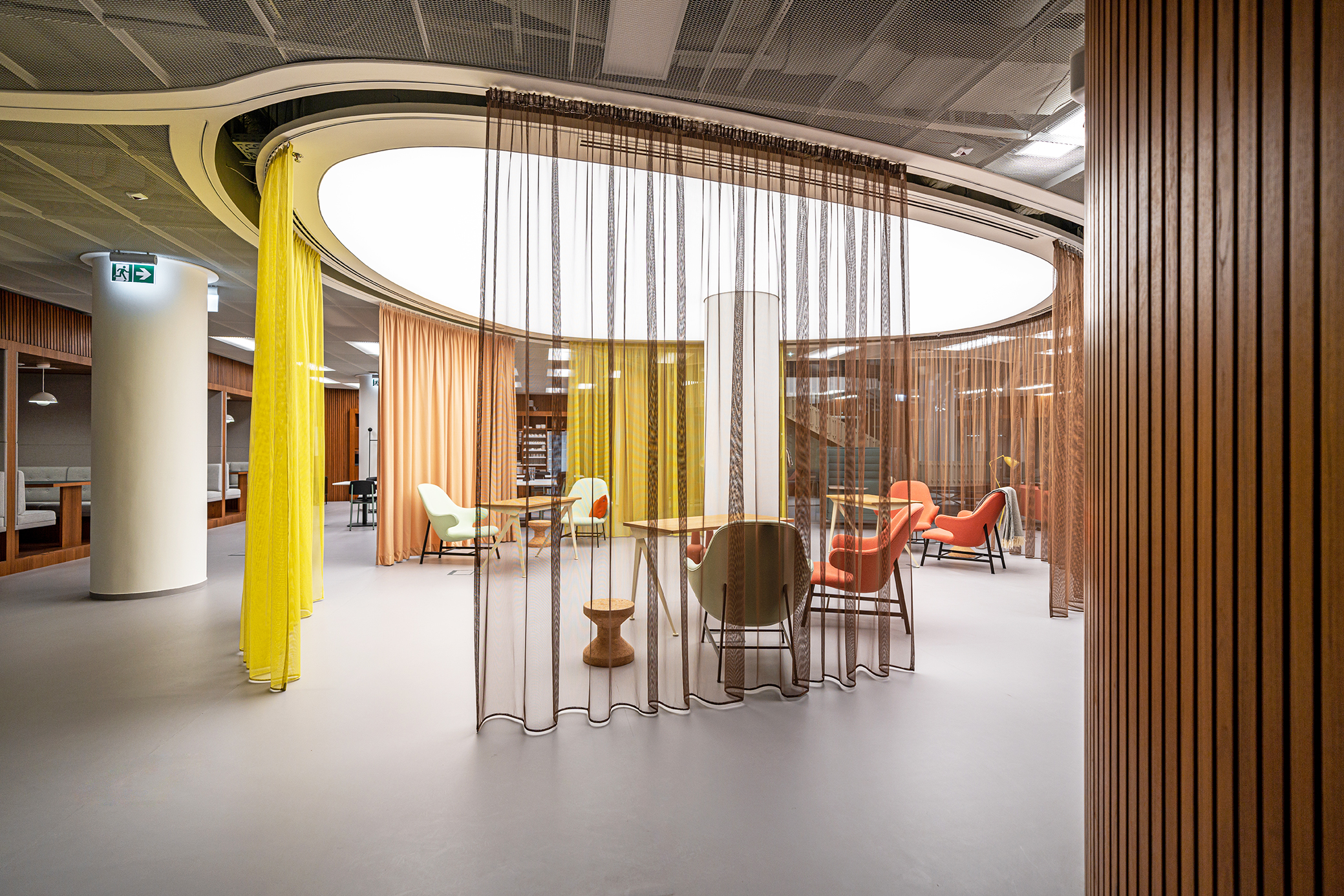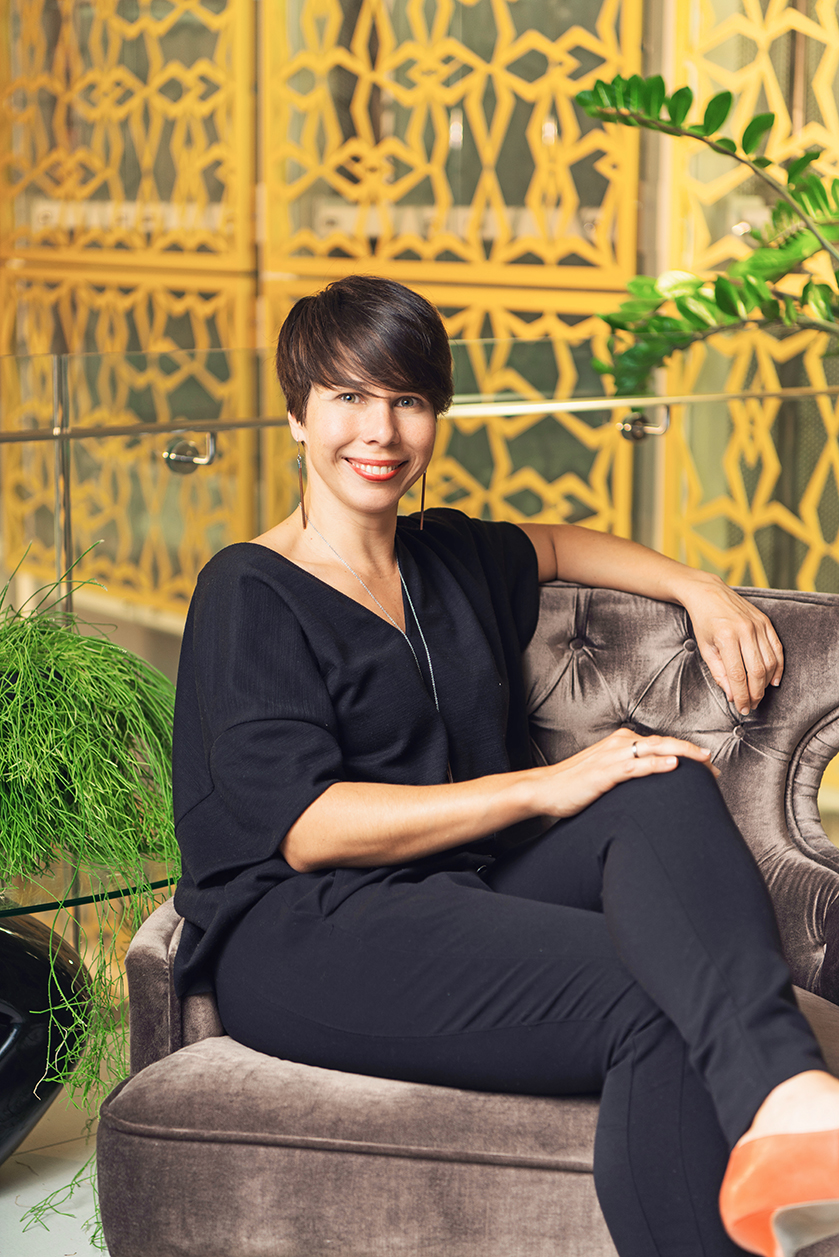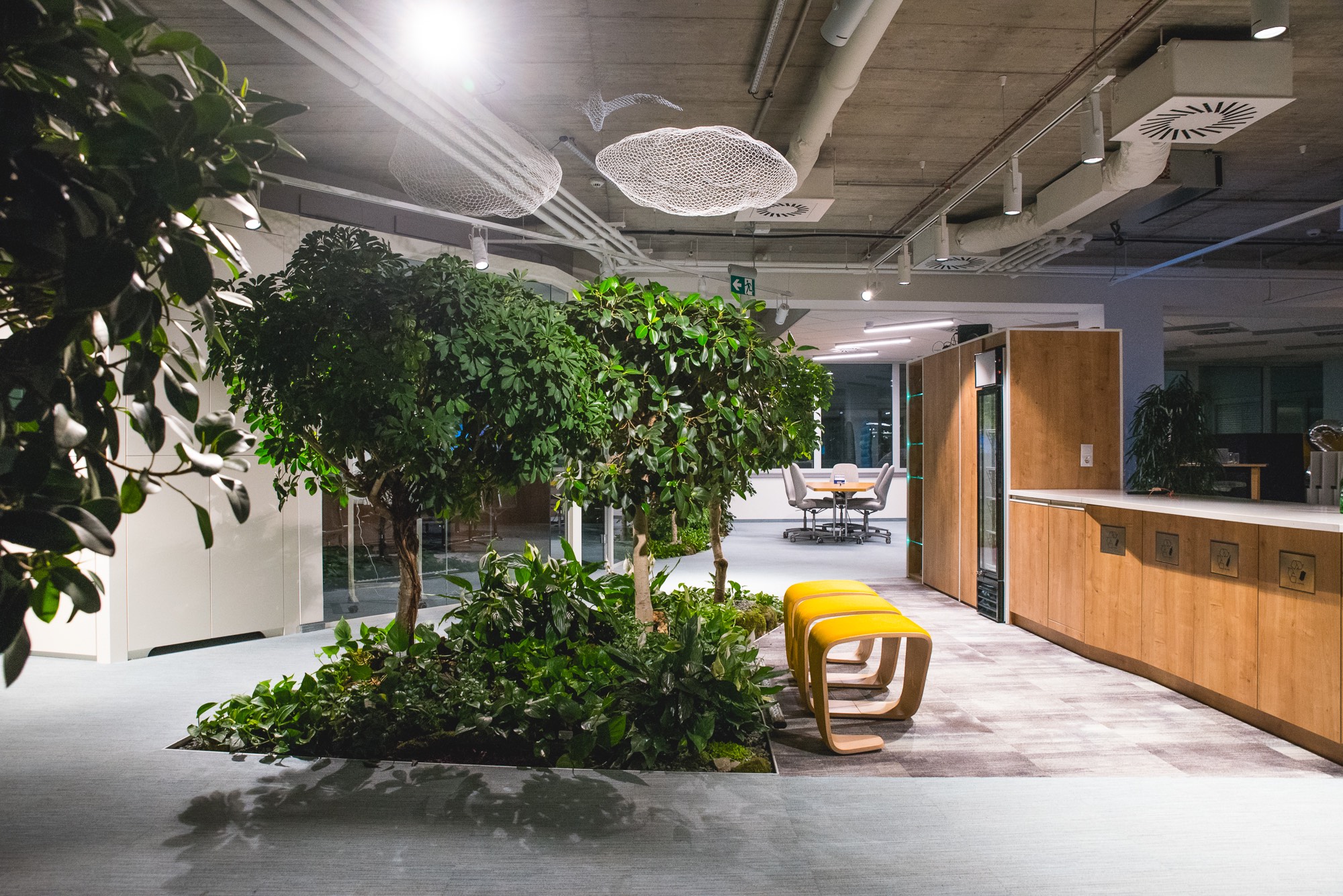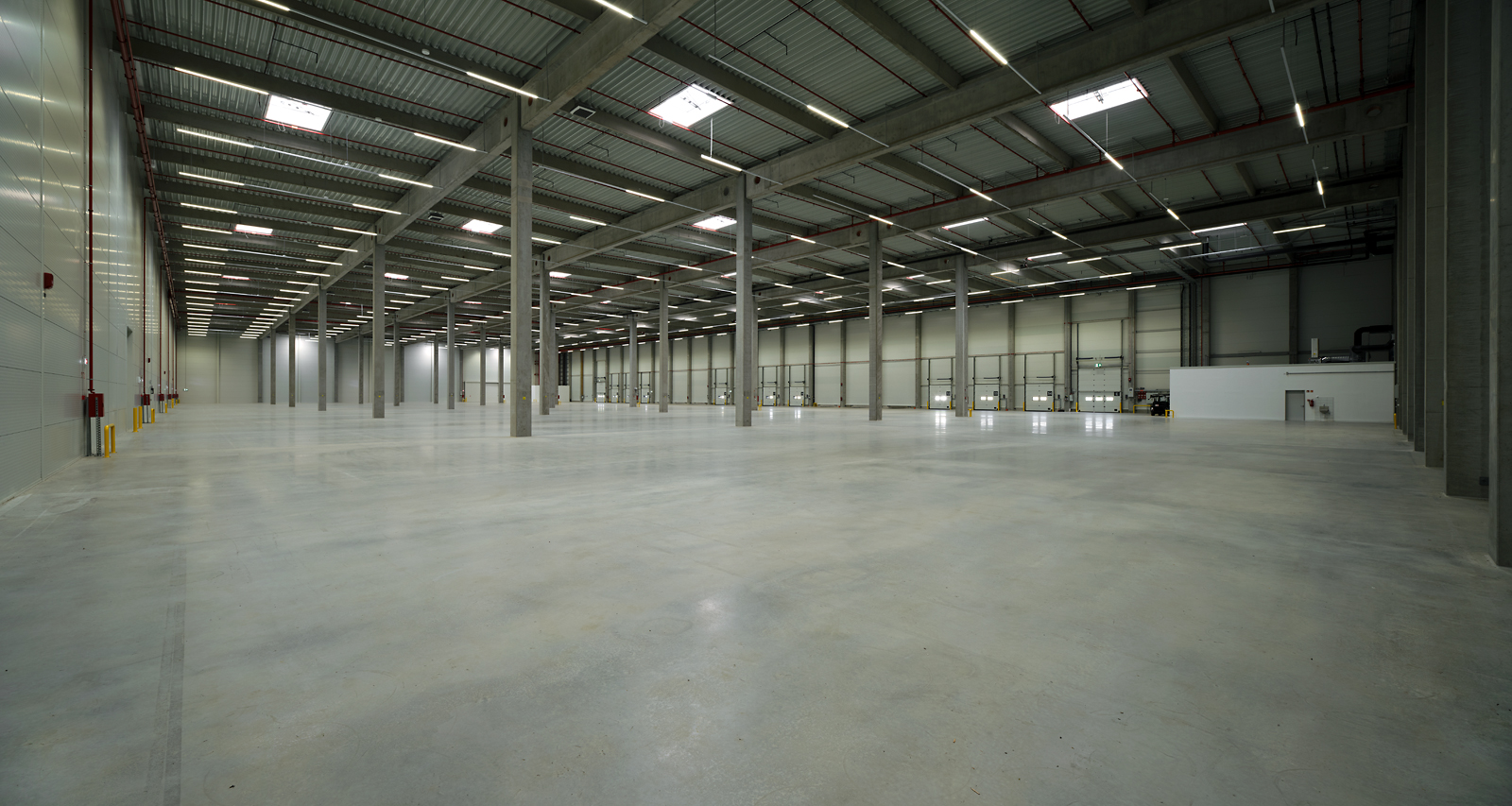Green Matters: Financial Drivers Must be Aligned With Environmental Issues

Photos show Szervita Square Building interiors design.
On the matter of how the concept of sustainability accreditation will develop and how green and sustainability issues will further impact the real estate development markets, Ida Kiss, design director at DVM group, argues that ESG ratings, having gained broad attention, are and will be dominant in the near future.
“The scheme, though, still lacks some clear benchmarking and therefore can be subject to creative application. Green building certifications can be incorporated into the ESG rating scheme and be reported as part of an efficient building stock that contributes to a better performance in terms of carbon impact,” she comments.
“Sustainability rating has become an essential component of any commercial real estate development. Nevertheless, the actual environmental performance and energy efficiency of a building cannot be clearly connected to the rating level of a building as costs are strong drivers for the selection of technical solutions,” she adds.
“The soaring energy prices, on the other hand, are putting energy efficiency in the forefront and will surely be an urging factor for building ever more efficient buildings.”
In terms of design from a sustainable architectural and locational perspective, Kiss says that passive building components are the most efficient.

Ida Kiss, design director at DVM group.
Better Modeling
“Orientation, the appropriate proportion of windows and shading; MEP [mechanical, electrical and plumbing] systems and lighting can be fine-tuned and supported by intelligent building management systems that are now the bottleneck of narrowing the gap between the designed and real-life performance of buildings. Dynamic energy simulations can help the better modeling of energy needs and performance, and more precise engineering will come to the forefront,” Kiss explains.
According to the current Hungarian legislation on the energy efficiency of buildings, 25% must be supplied from renewables. However, seeing the soaring energy prices, this is a moderate requirement; we should and will aim higher, the design director insists.
As to how the city’s look, atmosphere, and quality of life can be improved through sustainability regulations, she says the three bottom lines of sustainability are economic, social and environmental measures.
“Cities are complex structures providing not just the architectural and infrastructural background of our lives, but also accommodate businesses and institutions. The urban design of a city has a high influence on the potential for prosperity and inclusivity that are the essence of a good quality of life for our urban dwellers,” Kiss argues.

Multi-centered, Mixed-use
“This is via improving small city centers and generating large-scale urban development toward a multi-centered, mixed-use structure that will result in more efficient use of the transportation network. A 24-hour urban district with good walkability will enable small businesses to thrive and help maintain a healthy social mix,” she says.
One significant result of raising sustainability awareness can be experienced in publicly accessible green areas becoming an integral part of commercial developments. Good quality parks and urban spaces attract small retail units and coworking offices that help the disruption of a too homogenous environment.
With regard to how an office interior will look in the next five years, Kiss argues that there must be an excellent reason for corporates to maintain large offices.
“Hyperconnectivity and hybrid working modes, along with increasing maintenance and operation costs, are leading to the reduction of office spaces. These will still be ‘the home’ of businesses, as they are the main interface between the business, their clients and employees. Their experiences should be addressed; whether it is about security, caring, collaboration or comfort, it is a question of emphasis on what will be aligned with the DNA of the company,” the director says.
“When financial drivers are aligned with urgent environmental issues, it will be the time when businesses really become green. Increasing energy prices mean a significant change in the financial models. In reality, these are stronger drivers of behavioral change in operation than the climate emergency or our endangered biodiversity. It is delightful to see leading examples like the outdoor clothing retailer Patagonia [whose owner recently gave away the company to a charitable foundation to fight climate change], showing that green business can be real,” Kiss concludes.
This article was first published in the Budapest Business Journal print issue of September 23, 2022.
SUPPORT THE BUDAPEST BUSINESS JOURNAL
Producing journalism that is worthy of the name is a costly business. For 27 years, the publishers, editors and reporters of the Budapest Business Journal have striven to bring you business news that works, information that you can trust, that is factual, accurate and presented without fear or favor.
Newspaper organizations across the globe have struggled to find a business model that allows them to continue to excel, without compromising their ability to perform. Most recently, some have experimented with the idea of involving their most important stakeholders, their readers.
We would like to offer that same opportunity to our readers. We would like to invite you to help us deliver the quality business journalism you require. Hit our Support the BBJ button and you can choose the how much and how often you send us your contributions.








